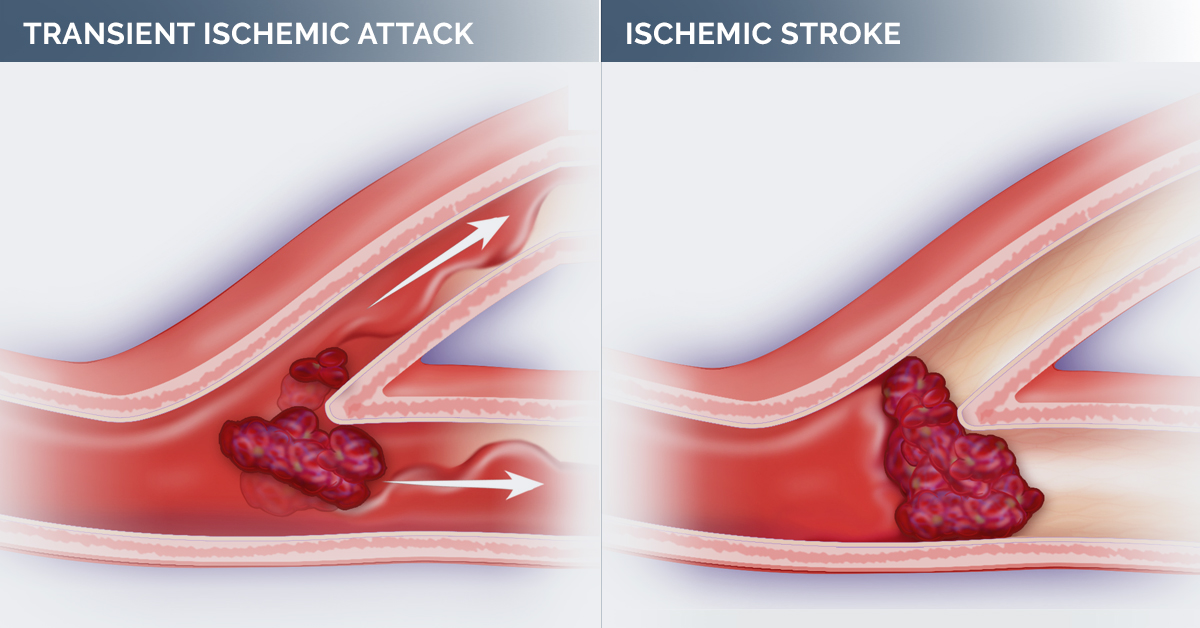What is Stroke and Transient Ischaemic Attacks (TIAs)?
An attack occurs when the blood vessels in the brain are damaged, leading to a sudden loss of specific brain functions. Symptoms lasting more than 24 hours are caused by them. So What then is Stroke and Transient Ischaemic Attacks (TIAs)?
A transient ischemic attack, or TIA, is essentially a ‘mini-stroke’. The symptoms are caused by a temporary problem with the blood vessels in the brain, resulting in the loss of specific brain functions for less than 24 hours. Symptoms usually last a few minutes or hours, then disappear.

Strokes are the third leading cause of death in the UK, after heart disease and cancer. Around 1-2 people per 1000 people suffer from a stroke every year, with 90% of strokes occurring in people over 55. The National Health Service spends approximately 4% of its budget on stroke care each year. Increasing aging may result in an increase in stroke rates in the UK in the future. Therefore, you should learn what causes strokes, how to recognize them, and how to treat them.

The video below provides an overview of what stroke means in five minutes. Strokes are caused by a variety of factors, including common stroke symptoms, the difference between strokes and transient ischemic attacks, the consequences of strokes, and the importance of rehabilitation.
A special thanks to HealthSketch for providing this video.
Types of stroke
The two most common types of stroke are hemorrhagic strokes and ischaemic strokes. There are different types of strokes based on their causes. A hemorrhagic stroke occurs when the brain bleeds. During an ischemic stroke, normal blood flow to the brain is blocked. A section of brain tissue is deprived of oxygen and nutrients due to this blockage.
In the United Kingdom, 80% of stroke cases are caused by ischemic strokes.
The video below visually illustrates the difference between hemorrhagic and ischaemic strokes.
Video courtesy of Neuroscientifically Challenged.
Ischaemic strokes occur when blood clots block blood vessels in the brain. These clots can form on poorly functioning heart valves or break off from clots elsewhere in the body. Additionally, irregular heart rhythms, such as atrial fibrillation, can cause these clots to form. Because atherosclerosis narrows the diameter of blood vessels in the brain, it increases the risk of an ischaemic stroke. The buildup of fat in the walls of blood vessels is called atherosclerosis. A high level of fat, or cholesterol, in the blood gradually narrows blood vessels over time. After 60 to 90 seconds without oxygen, brain tissue ceases to function. There is a possibility that the tissue will die due to irreversible damage.
In addition to bleeding disorders, recreational drug use, and brain tumors, hemorrhagic strokes can be triggered by aneurysms rupturing, bleeding disorders, and bleeding disorders. Strokes caused by blood clots are less common than strokes caused by ischemia. An expanding bleed causes compression of brain tissue in hemorrhagic strokes. The tissue can be distorted and injured as a result. Additionally, brain tissue and blood vessels in the brain appear to be directly harmed by the blood released by a brain hemorrhage.